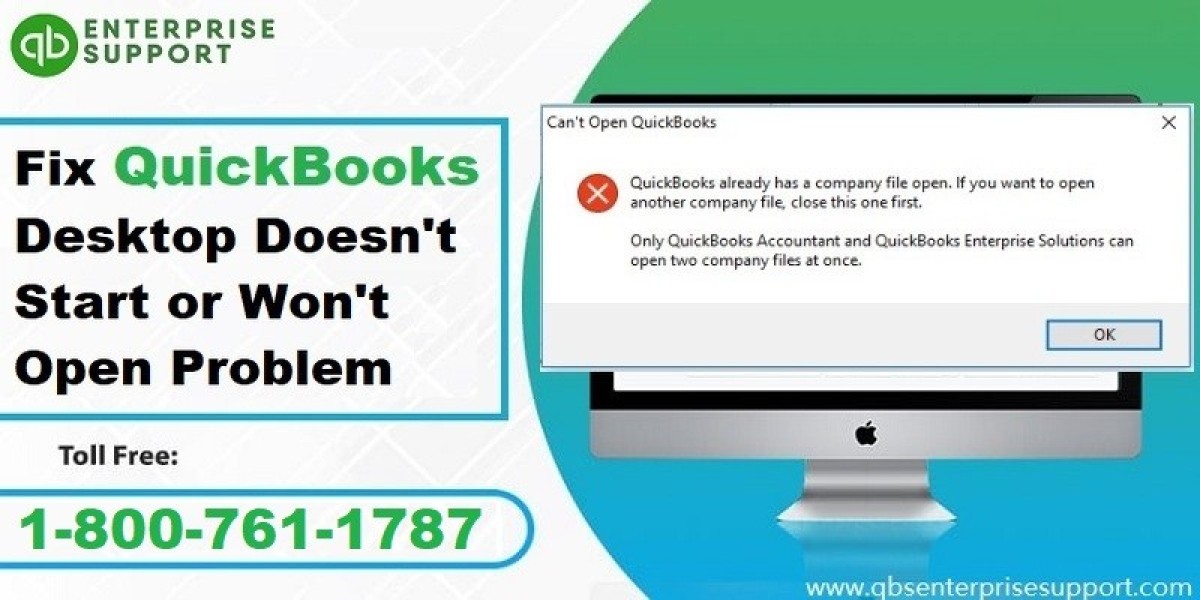Why Building a Restaurant Website is Essential
Before diving into the specifics of how to design a restaurant website, let’s understand why having a website is crucial for your restaurant business:
Online Visibility: A website helps your restaurant to be discovered online. It also allows customers to find your restaurant with just one click.
Customer Engagement: A user-friendly and well-designed website helps you to engage with your customers and provide them with all the necessary information, keeping them updated.
Reservations and Orders: Restaurant websites that facilitate online reservations and orders make it convenient for customers and boost their sales.
Brand Building: Your website reflects your brand’s identity, values, and unique selling points.
Planning Your Restaurant Website Design
1. Define Your Goals
Before starting the website design, identify what you want to achieve with your restaurant’s website. Your goals might include:
Building brand loyalty
Attracting more customers
Increasing online reservations
Showcasing your menu and specials
2. Choose the Right Platform
Selecting the right platform is crucial. There are popular content management systems (CMS) that you can use to create your website, such as:
WordPress- It is highly customizable and can accommodate numerous plugins.
Wix – This platform is user-friendly and ideal for those who have limited technical skills.
Squarespace- It offers beautiful templates and integrated features.
Shopify – It is excellent for restaurants with a significant focus on online orders.
HTML and CSS – It is highly recommended for a fully custom-coded website using HTMl and CSS. This approach provides complete control over design elements and ensure a unique and personalized online presence that accurately represents your restaurant’s identity and offerings.
Critical Elements of an Effective Restaurant Website
A creation of effective restaurant website involves several crucial elements contributing to functionality, user-experience, and overall success. Some of the key components you should focus on include:
1. Responsive Design
When creating a restaurant website ensure your website is mobile-friendly and user-friendly. A responsive design adjusts seamlessly across devices providing an optimal user experience.
2. Visual Appeal
High-quality images and a clean layout are essential. Use professional photos of your food, restaurant interior, and events to create an inviting atmosphere.
3. User-Friendly Navigation
Make it easy for visitors to find information. Organize your site with clear menus and intuitive navigation. Key sections should include:
Home: A welcoming page with an overview of your restaurant.
Menu: Detailed and visually appealing presentation of your offerings.
Reservations: An easy-to-use reservation system.
About Us: Information about your restaurant’s story, team, and values.
Contact: Location, hours, and contact details.
4. SEO Optimization
Optimize your website to improve its visibility on search engines. This involves using relevant keywords naturally throughout your content and optimizing title tags, meta descriptions, and header tags.
5. Integrated Features
Include essential features such as:
Online Ordering System: Facilitate takeout and delivery orders.
Reservation System: Allow customers to book tables online.
Customer Reviews: Showcase positive feedback and testimonials.
Social Media Integration: Connect your social media profiles for broader engagement.
Step-by-Step Guide: How to Design a Restaurant Website
Step 1: Select a Template or Design
Choose a template that aligns with your brand’s aesthetic or design a custom layout. Ensure it is visually appealing and functional.
Step 2: Add High-Quality Content
Fill your website with engaging content:
Professional Photos: High-resolution images of your dishes and restaurant ambiance.
Compelling Copy: Write engaging descriptions for your menu, events, and about us section.
Blog: Share updates, recipes, and stories to engage your audience.
Step 3: Optimize for SEO
Implement SEO best practices to improve your website’s search engine ranking. This includes optimizing your content, title tags, meta descriptions, and header tags, as well as ensuring your site loads quickly and is mobile-friendly.
Step 4: Test Functionality
Ensure all features work seamlessly:
Mobile Testing: Check responsiveness on various devices.
Form Functionality: Test reservation and contact forms.
Load Speed: Optimize images and scripts for fast loading times.
Step 5: Launch and Promote
Once your website is ready:
Launch: Make your website live and monitor its performance.
Promote: Use social media, email marketing, and local advertising to drive traffic to your site.
Conclusion
Designing a restaurant website requires careful planning, attention to detail, and a focus on user experience. By defining your goals, choosing the right platform, and incorporating key design elements, you can create a restaurant website that not only looks great but also functions effectively. Regular testing and optimization will ensure your site remains user-friendly and performs well in search engine rankings.
A well-designed website is a powerful tool in the competitive restaurant industry. Invest the time and resources to get it right, and you’ll see the benefits in increased customer engagement and sales.
Ready to create a stunning and functional restaurant website? Contact us today, and let us bring your restaurant’s online presence to life!
FAQs About Designing a Restaurant Website
1. What is the best platform for designing a restaurant website?
Popular platforms include WordPress, Wix, Squarespace, and Shopify. Each offers unique features suitable for different needs and technical skills.
2. How much does it cost to design a restaurant website?
The cost can vary widely based on complexity, features, and whether you hire a professional designer. It can range from a few hundred to several thousand dollars.
3. How can I make my restaurant website mobile-friendly?
Use a responsive design template, optimize images for mobile devices, and ensure that navigation and forms work well on smaller screens.
4. What features should a restaurant website include?
Essential features include an online menu, reservation system, online ordering, contact information, customer reviews, and social media integration.
5. How can I improve my restaurant website’s SEO?
Implement keyword optimization, use meta tags, create high-quality content, and focus on local SEO by including your location in keywords and setting up a Google My Business profile.
Originally Published At : https://htmlexperts.com/how-to-design-a-restaurant-website/



